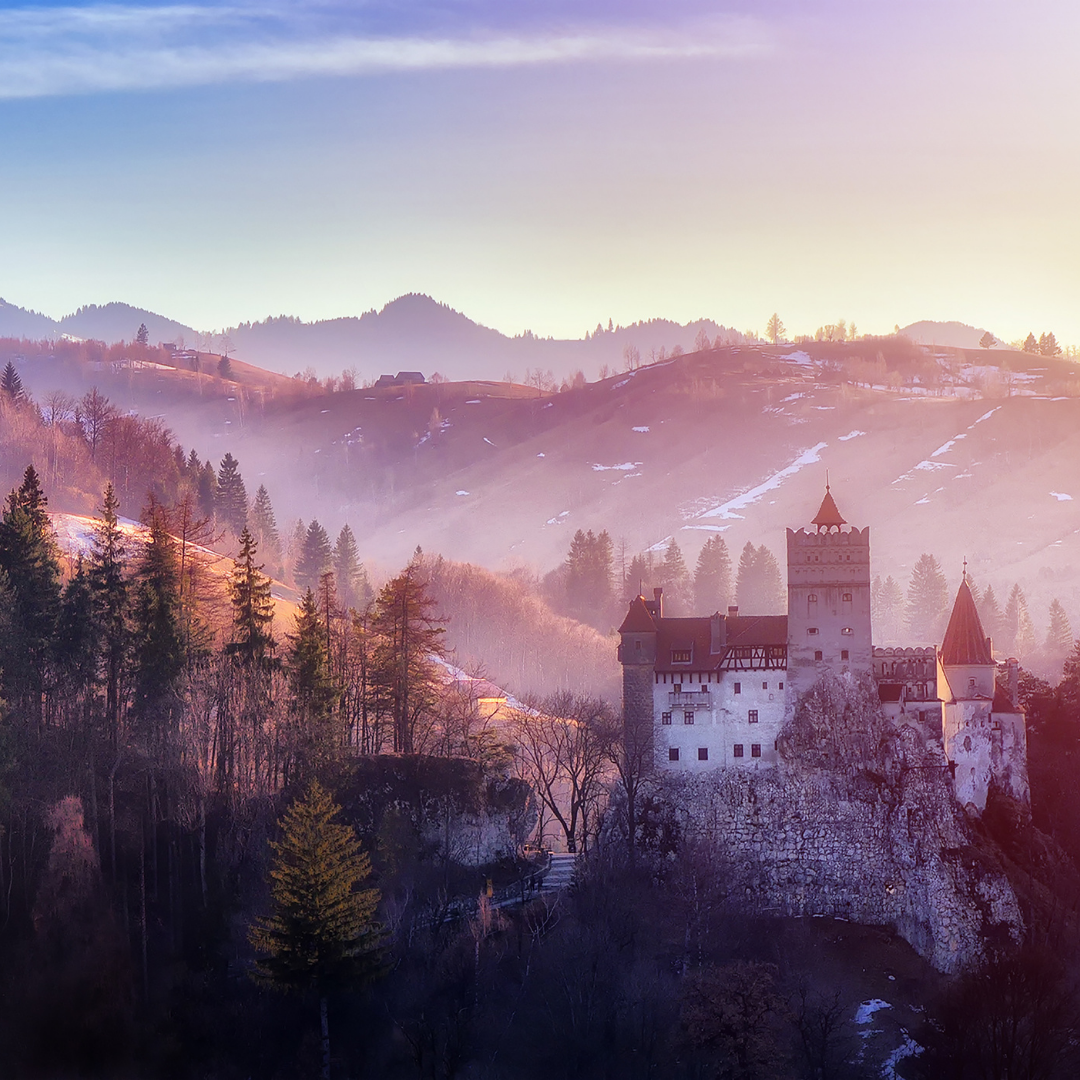Visiting the Romanian Castles: Sailing to Transylvania’s Historic Sites

Romania, often depicted as a land of legends and myths, is home to some of Europe’s most intriguing castles. Nestled amidst the Carpathian Mountains, the castles of Transylvania are not just architectural marvels but also keepers of stories, traditions, and centuries-old secrets. While many traverse the winding roads to explore these relics of time, few realize the charm of approaching them via waterways. This article aims to guide the intrepid traveler on a unique journey—sailing to the heart of Transylvania and discovering its castles.
The Enigmatic Dracula’s Castle: Bran Castle
Bran Castle, colloquially known as Dracula’s Castle, stands as a brooding testament to Transylvania’s folklore. Perched atop a rocky cliff, the castle’s turrets and ramparts seem to whisper tales of Vlad the Impaler, the infamous figure often linked to Bram Stoker’s Dracula. Venturing inside reveals a labyrinth of corridors, chambers, and secret stairways. Each room is adorned with period furnishings, armor, and art, painting a vivid picture of life in medieval Romania. The castle also offers panoramic views of the surrounding forests, adding to its mystique.
Corvin Castle: A Gothic Masterpiece
With its pointed towers, drawbridges, and imposing stone walls, Corvin Castle is a dream come true for lovers of Gothic architecture. Located in Hunedoara, this castle boasts a history as rich as its appearance. Originally built in the 15th century, Corvin has served as a fortress, a royal residence, and even a prison. The castle’s interior courtyards, with intricate Renaissance designs, are juxtaposed against its grim torture chambers, showcasing the duality of beauty and brutality. Its legends, like that of the raven from which the Corvin family derived their name, add layers to its allure.
Castles near Waterways: Accessibility by Boat
Romania’s geography offers an unconventional mode of exploration: sailing. Several castles and fortresses lie in proximity to waterways, making them accessible by boat. Such a journey bestows travelers with unparalleled views—seeing a castle emerge from the mists as one sails forth is nothing short of magical. While Bran and Corvin aren’t directly accessible by water, routes along the Danube or smaller tributaries can bring visitors close, with short overland trips completing the journey. The fusion of sailing and trekking makes for an immersive experience.
Peleș Castle: Royal Elegance in the Carpathians
Nestled amidst the scenic backdrop of the Carpathian Mountains, Peleș Castle radiates regal splendor. Commissioned by King Carol I in the 19th century, this castle is an architectural melange of Neo-Renaissance, Gothic, and other styles. Its interiors, lavishly decorated with murals, carved woodwork, and stained glass, reflect the grandeur of the Romanian royalty. A stroll through its rooms unveils a vast collection of European art, armor, and furnishings. The castle, surrounded by manicured gardens and wild Carpathian landscapes, is a testament to the harmonious blend of man-made and natural beauty.
The Fortresses of Transylvania: From Ruins to Restored Beauties
Beyond the renowned castles, Transylvania is dotted with fortresses that narrate tales of wars, invasions, and resilience. From the ruins of Râșnov, which offers sweeping views of the Transylvanian plateau, to the restored walls of Alba Iulia, each fortress has a unique story. These citadels, once the first line of defense against invaders, now stand as silent spectators of time, echoing the valor and struggles of bygone eras.
Events, Festivals, and Medieval Celebrations in Castles
The historical ambiance of Transylvania’s castles and fortresses provides the perfect backdrop for numerous events and festivals. Medieval celebrations, replete with knightly tournaments, archery contests, and traditional feasts, transport visitors to a bygone era. Music concerts, art exhibitions, and theatrical performances are also hosted within these ancient walls, offering a blend of history and contemporary culture. Participating in or witnessing these events amplifies the castle experience, making it truly unforgettable.
Tips for Navigating to and Exploring the Castles
1.Planning: Given the diverse locations of these castles, charting a clear itinerary is crucial. Ensure you have ample time for both sailing and overland travel.
2.Guided Tours: To delve into the rich histories and legends, consider opting for guided tours. Knowledgeable guides bring the past to life with their narrations.
3.Safety: Whether sailing or hiking, adhere to safety guidelines. Ensure boats are equipped with necessary safety gear, and wear comfortable footwear for treks.
4.Respect: These historical sites are treasures. Admire them without causing damage or littering.
Concluding our journey, the castles and fortresses of Transylvania stand as sentinels of history, each stone echoing tales of royalty, legends, wars, and resilience. Sailing through Romania’s waterways to reach these magnificent structures offers a fresh perspective, blending the serenity of the waters with the grandeur of the castles. As the boat docks and the castle gates creak open, one can’t help but feel transported to a world where legends come alive, and history whispers from every corner. So, hoist your sails, chart your course, and embark on a voyage to discover Transylvania’s timeless treasures.


